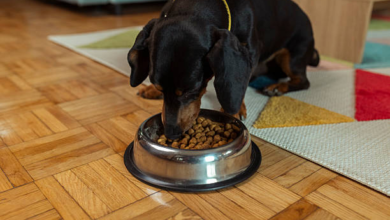
At What Age Do Children Start Losing Their Baby Teeth?
Losing baby teeth is a big deal—for kids, parents, and the tooth fairy’s schedule. It’s a milestone that marks the move from little kid territory into the school years, where a shiny new set of adult teeth starts making its debut. As teeth begin to wiggle and pop out, parents often wonder: when does this start, why does it vary, and how can they keep their kids from turning every loose tooth into a show-and-tell exhibit?
When Do Baby Teeth Say Goodbye?
Most kids start playing the “wiggle game” around age six, though early birds may kick things off at five, and late bloomers might hold out until seven. The lower front teeth usually lead the charge—they were first to show up, so naturally, they’re first to jump ship. By ages eight or nine, most kids’ front teeth have already bid farewell, leaving them with that classic “toothless grin.” The molars in the back? Those like to hang around a little longer, often until ages ten to twelve.
Of course, every kid’s timeline is unique. If your child loses a tooth before age four or still has a full set by eight, it’s worth contacting the likes of Smile On Dental Clinic in Manly Vale—though odds are, it’s nothing to worry about.
Why Do Some Teeth Take the Scenic Route?
There’s no one-size-fits-all answer to when teeth fall out, but a few things can speed up or slow down the process. Genetics is a big one—if you were an early or late tooth-loser, your child might follow suit. Nutrition matters, too. A diet packed with calcium and vitamin D helps teeth stay strong and healthy.
Then there’s dental hygiene. Kids who brush, floss, and visit the dentist regularly tend to have fewer surprises. On the flip side, tooth decay or accidents can fast-track a tooth’s exit, ready or not.
What to Expect When Teeth Start Popping Out
Losing baby teeth doesn’t have to be a drama-filled saga. For most kids, it starts with a wiggle—literally. That first loose tooth feels weird at first, but before long, most kids are wiggling it like it’s their new hobby. Some can’t wait to yank it out, while others act like their tooth is holding on for dear life.
Here’s the deal: patience is key. Gentle wiggling is fine, but if the tooth isn’t quite ready, let nature take its course. If there’s discomfort, a cold compress or kid-friendly pain relief can work wonders. A little bleeding? No problem—just grab some clean gauze, and you’re good to go.
And don’t forget to bring some fun to the process. The tooth fairy (or a creative equivalent) can turn an ordinary lost tooth into a moment worth celebrating. A little token, whether it’s cash, a small gift, or a handwritten note, makes the whole experience more magical.
Setting the Stage for a Winning Smile
Losing baby teeth is just part of growing up—and a pretty entertaining one at that. It typically starts around age six and wraps up by the early tween years. Good nutrition, solid dental habits, and a little patience go a long way in keeping the process smooth.
So, encourage those nightly brush-and-floss routines, stay ready with a tooth fairy plan, and remember: those gaps in your kid’s smile? They’re just making room for the dazzling grin they’ll have for years to come.



